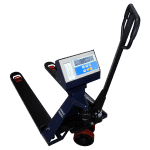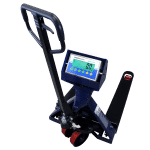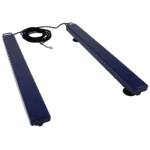
Finding the right dedicated weighing zone for your scale can be tricky, especially if you have uneven floors to contend with. This blog will discuss why levelling scales is so important, how to level the scale to the best of your ability and what your options are if it’s just not possible. Let’s get started.
Why Do Weighing Scales Need to Be Level?
There are four main reasons to level your scale to the best of your ability:
1. Load Cell Performance / Even Load Distribution
If your scale is uneven, the altered weight distribution of the items you’re weighing can end up wearing out the load cell(s) more quickly.
Most floor scales only have one or four load cells, either in the middle or on all four corners. Platform scales will have up to five load cells, in the middle and every corner. Uneven weight distribution means one is consistently handling more weight than another, rather than splitting the weight evenly. Eventually, your results will become irreparably inconsistent until you replace the worn-out load cell. You’ll also get inconsistent readings if the weight is constantly on one side.
2. Accuracy
While the display translates the weight of your item into a weight reading that we can understand, the true measurements come from the load cell. When the load cell is put under undue pressure or is worn out, you’re not going to get accurate or precise results. One load cell, having taken most of the weight, will “believe” that the weight is higher than it is, and the other load cell will “believe” it’s lighter. Because they work in tandem, neither one is going to produce the best weight reading.
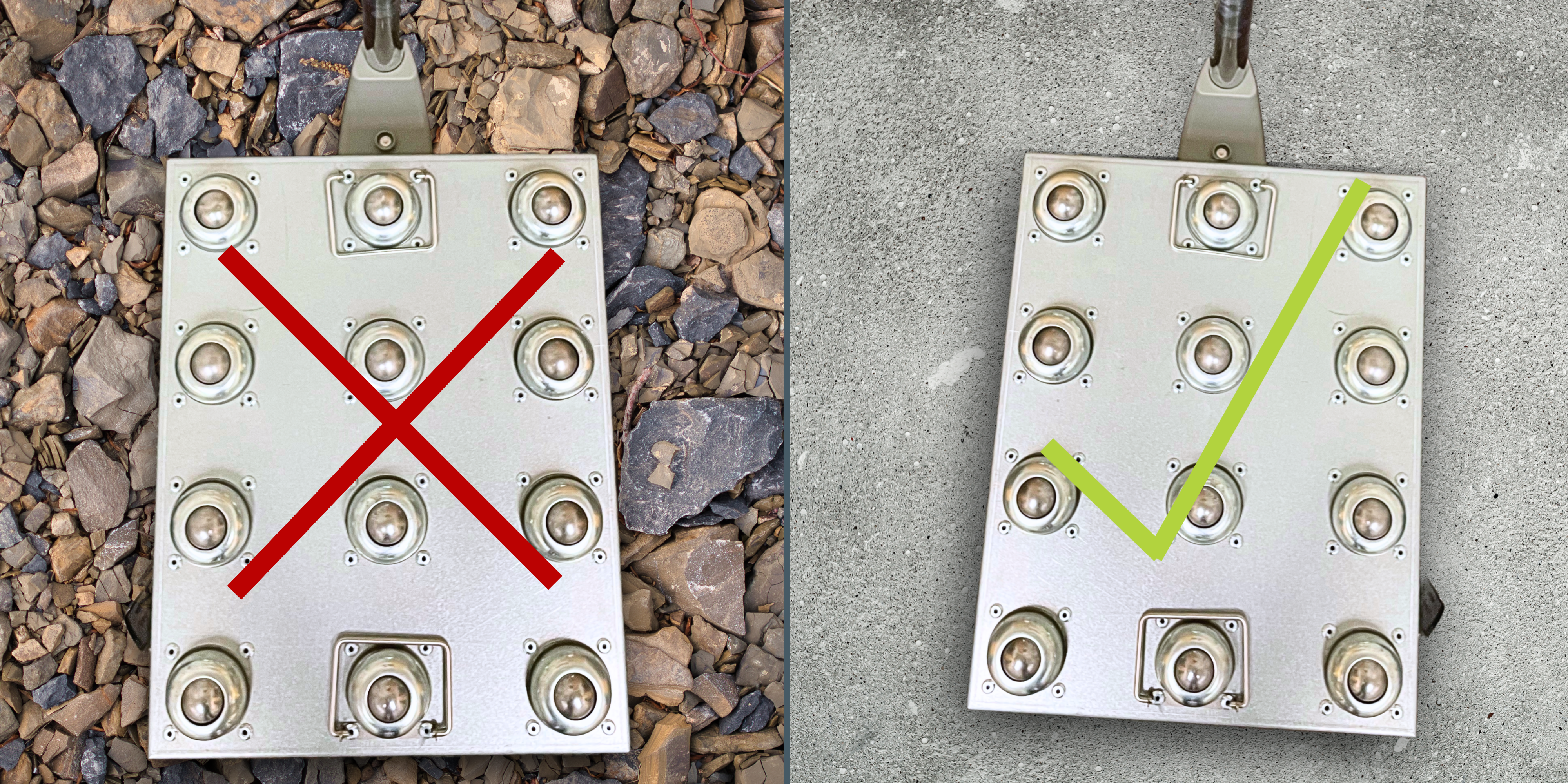
3. Proper Calibration
Calibration tells your scale what’s right. If your scale requests a 200kg calibration weight and you give it a 100kg, it’s going to believe you. If you calibrate your scale while it’s uneven, your scale will consider that as the right way to be. Even if you were to level your scale right afterwards, you still wouldn’t get accurate enough results because the scale will believe it’s not right anymore. You would have to calibrate all over again! Luckily, a time-consuming but easy fix.
4. Health & Safety
The items you’re likely to weigh on a floor or platform scale are going to be heavy. An uneven scale is not as solid and steady as an even one, creating the risk that items fall or roll off the pan. You wouldn’t want a precariously stacked pallet to tip over and fall on someone!
How Do I Level My Scale?
Start by placing your scale on the most even and flat surface you can find. However, even if you’re on the flattest surface possible, the scale itself may still not be level. You can tell if it’s level by using a levelling tool. Adam bench, floor and platform scales have one built in. If the bubble isn’t directly in the middle of the circle, the scale needs to be adjusted. Look at your scale’s feet. Most Adam scales offer feet that can be twisted up or down to align the scale. Twist the feet until the bubble lands directly in the middle of the circle.
What if I Have Uneven Floors?
If you’re using a balance or a bench scale, it’ll likely already be on a flat tabletop, even if the table is sitting on an uneven floor. If the table isn’t shaky, it shouldn’t be too difficult to level the scale using the feet. If you have a floor or platform scale and your floors are slanted, it will also be easier to level the scale using the feet. For uneven, cracked or bumpy floors where you just can’t level a scale properly using the feet, you still have a few options.
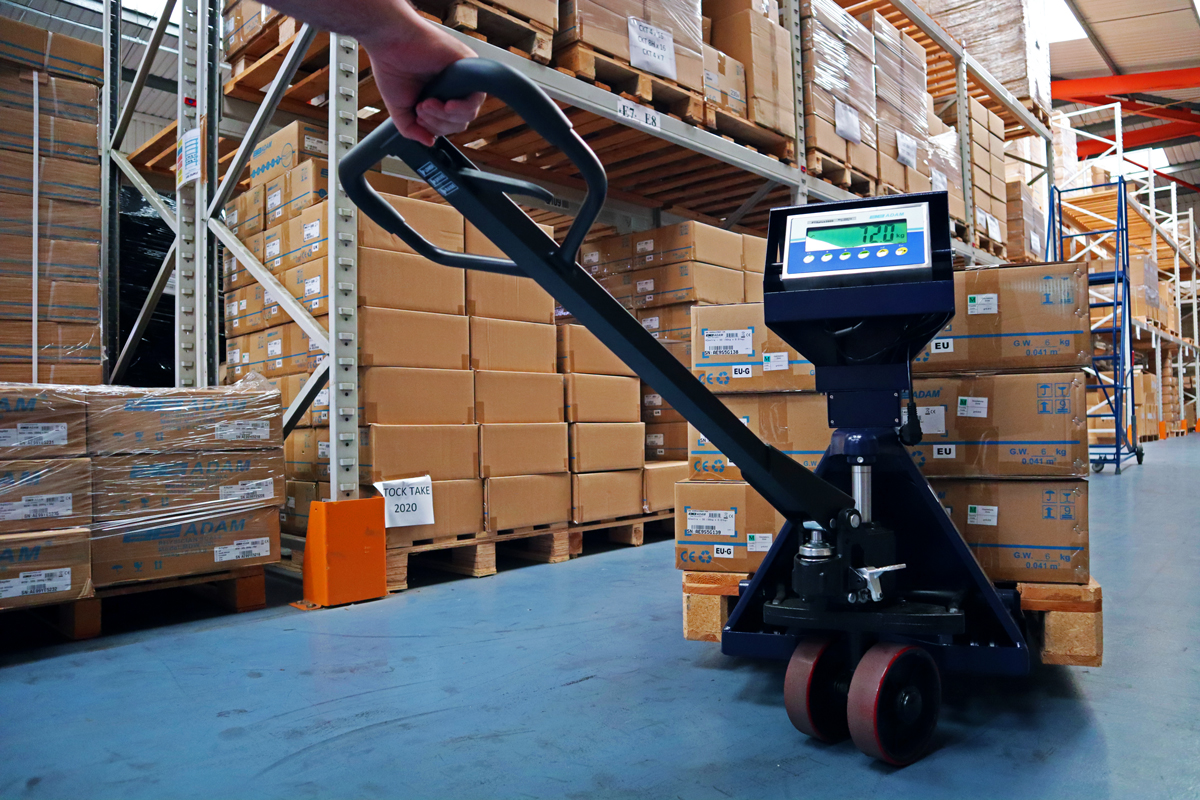
The first is to use a pallet truck scale such as the Adam Equipment or . Pallet truck scales operate on two wheels and lift pallets into the air to weigh items. They still need to be generally level for safety purposes, but they can be wheeled to a temporary location with better floors for weighing.
Pallet beams like the are another option. Instead of a full platform, pallet beams are thin and portable. They can be spread apart at different angles to accommodate both oddly shaped items and uneven floors. Easily move them around until you find a spot they can sit as evenly as possible.
Need help with troubleshooting or getting the right scale for your circumstances? Contact the Adam team, we’re happy to assist.


